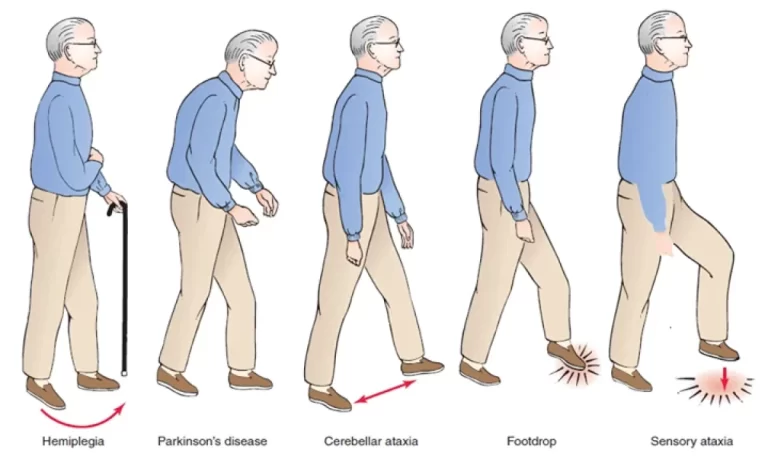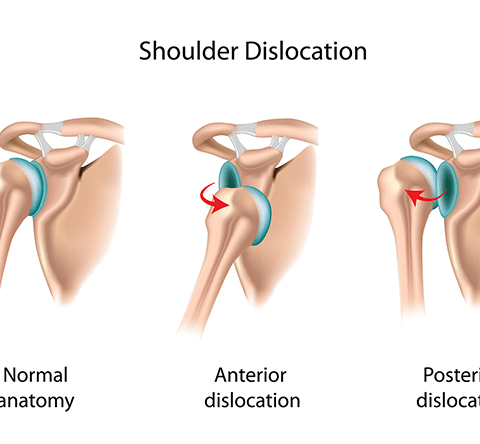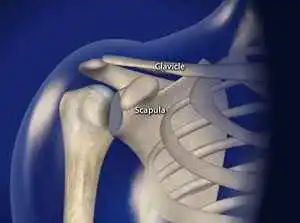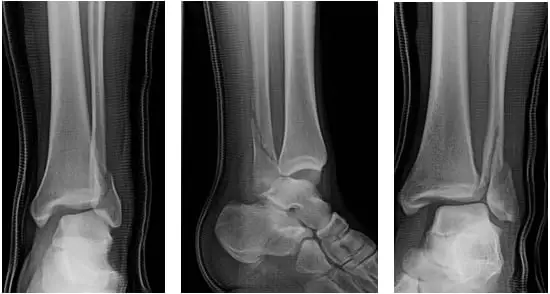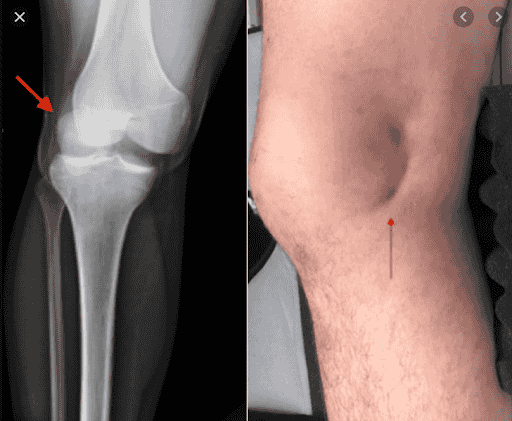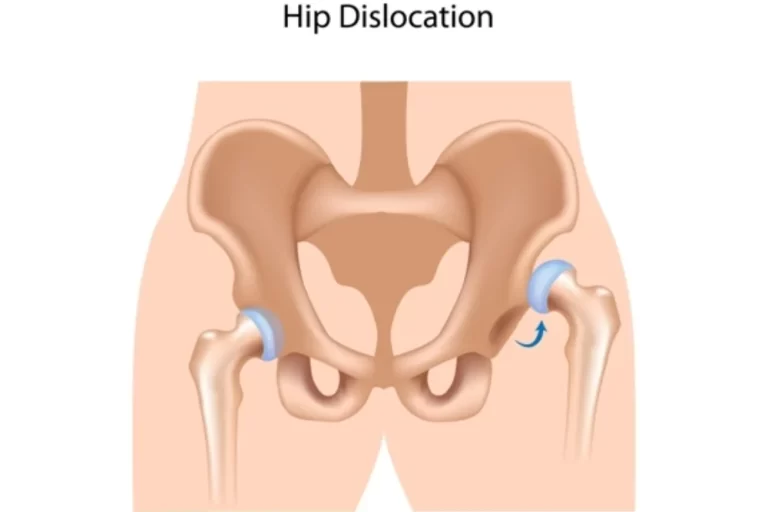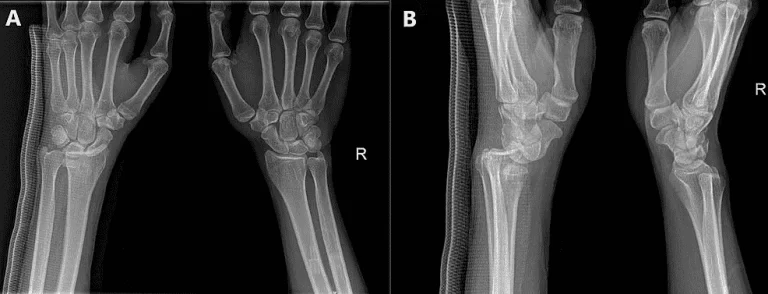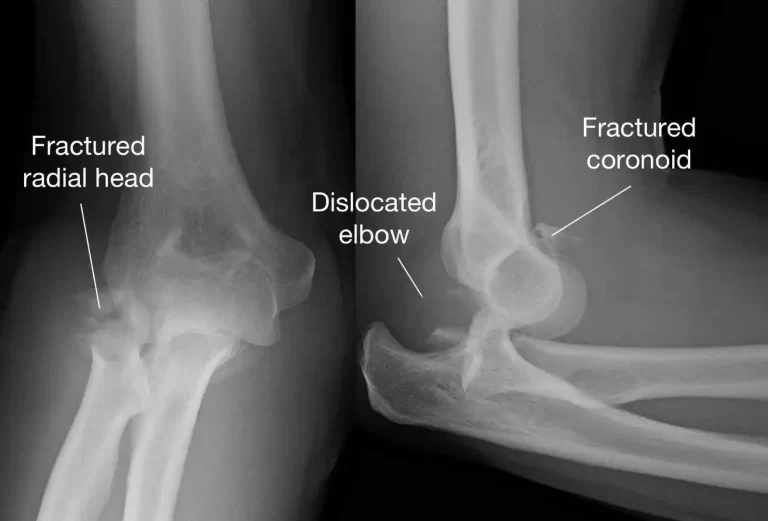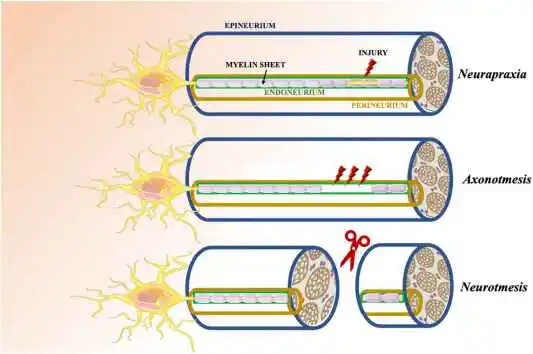Abnormal Gait
Introduction Abnormal gait, more commonly known as a walking abnormality, happens whenever someone is unable to walk normally. An accident, underlying medical issues, or anomalies in the legs and feet could be reasons for this. Walking appears to be a straightforward action. However, the body’s multiple systems, such as strength, coordination, and sensation, work together…

